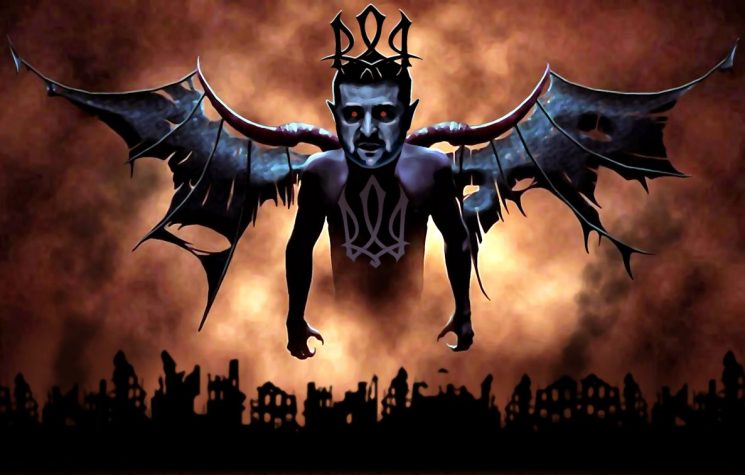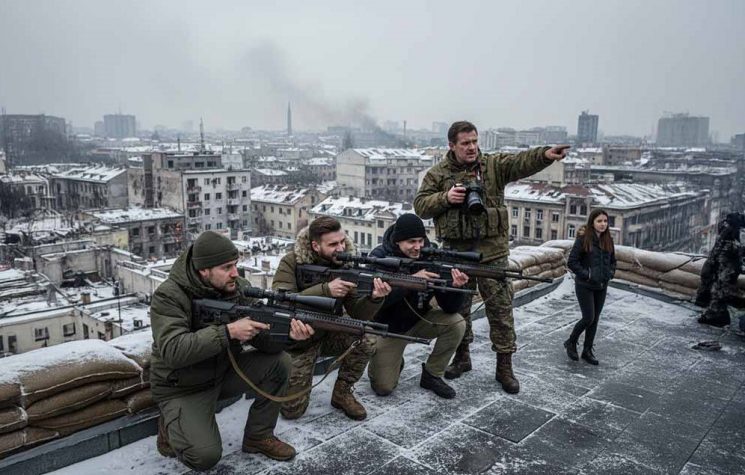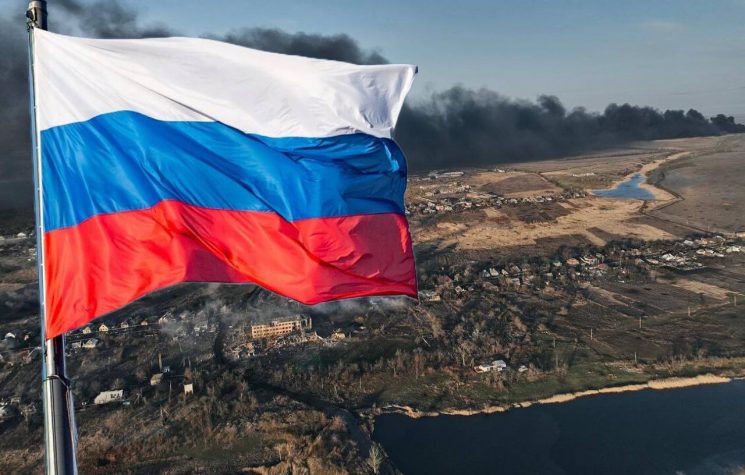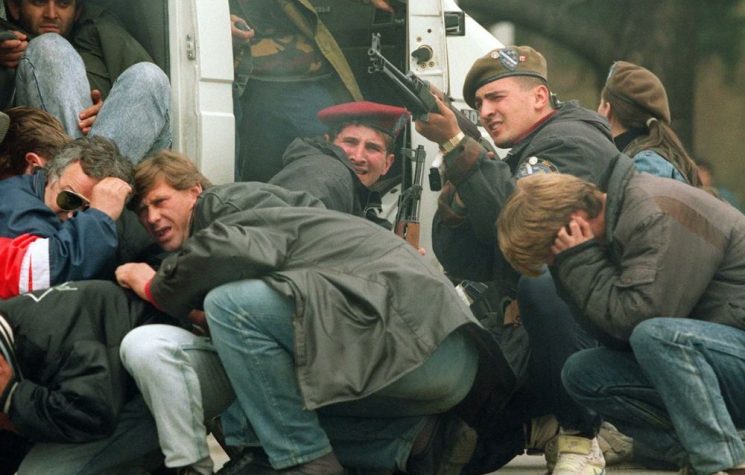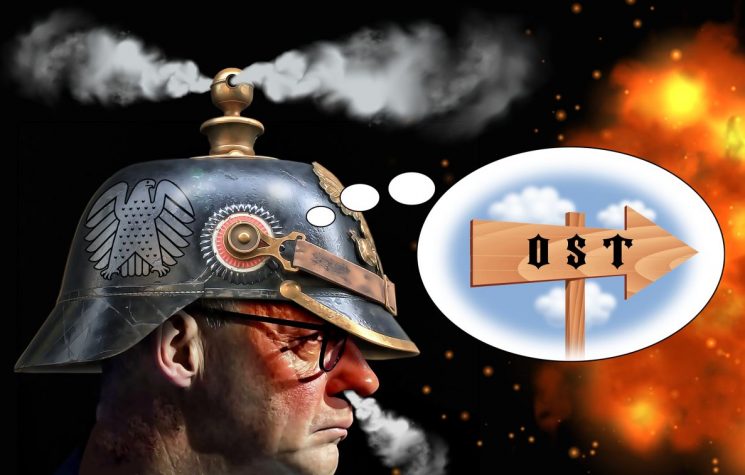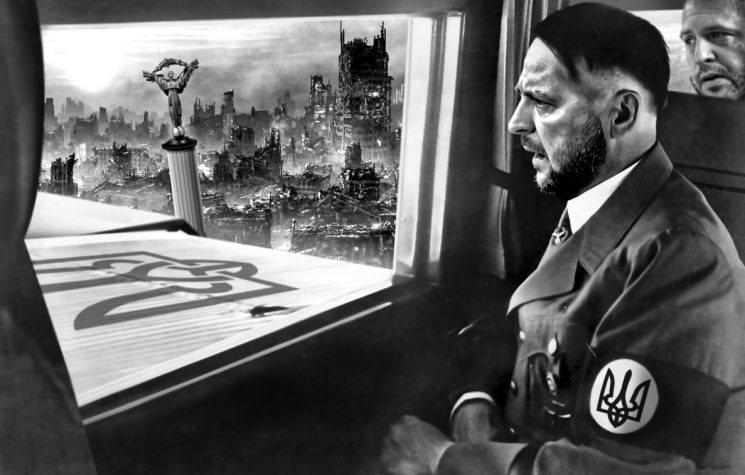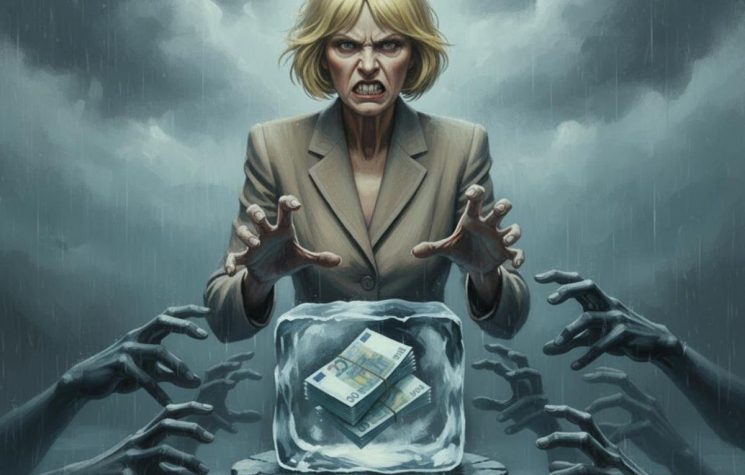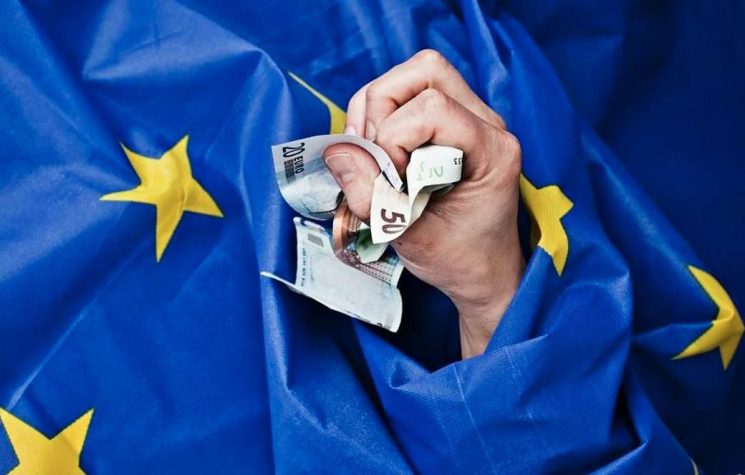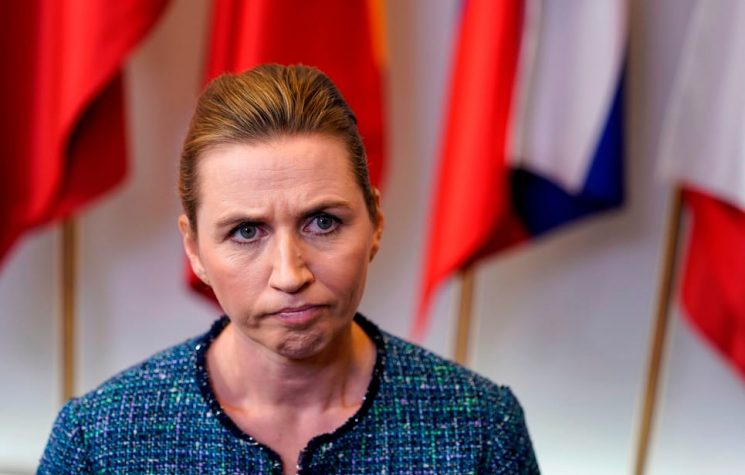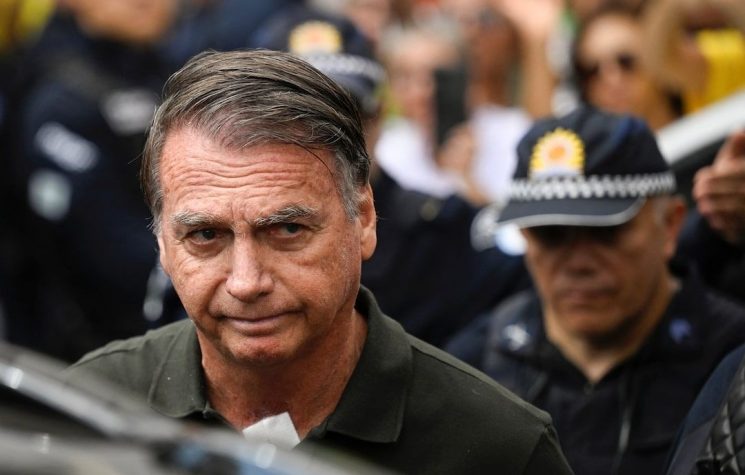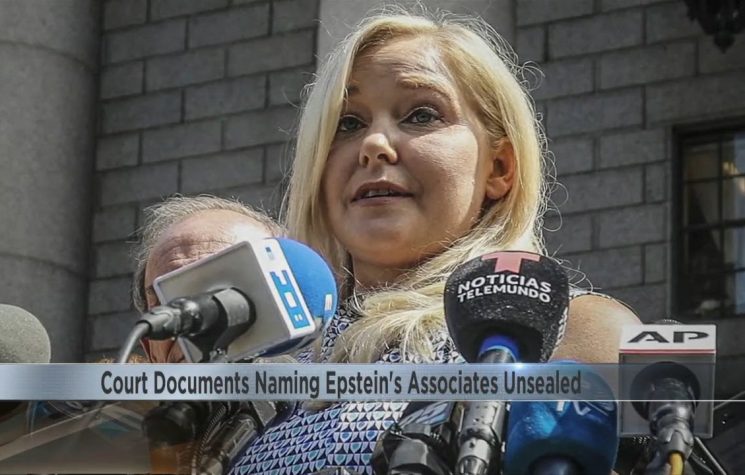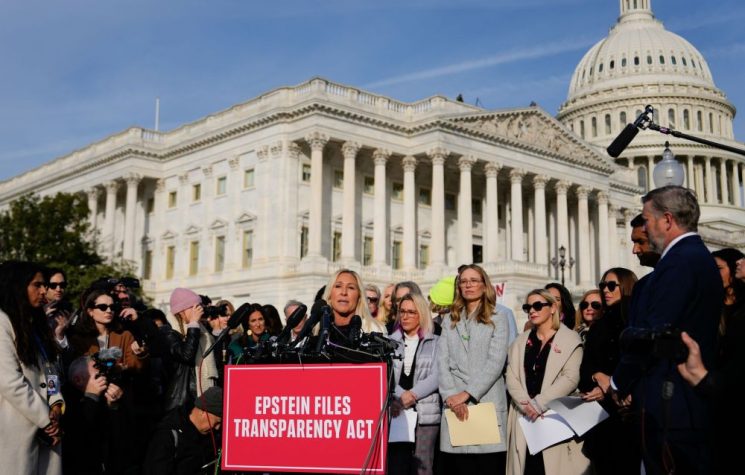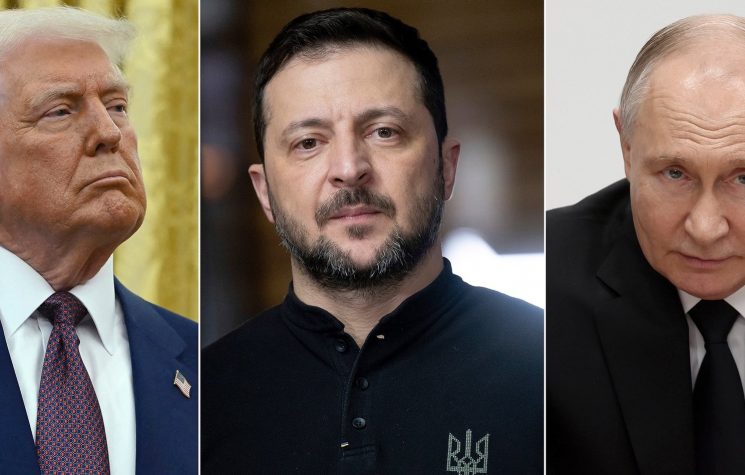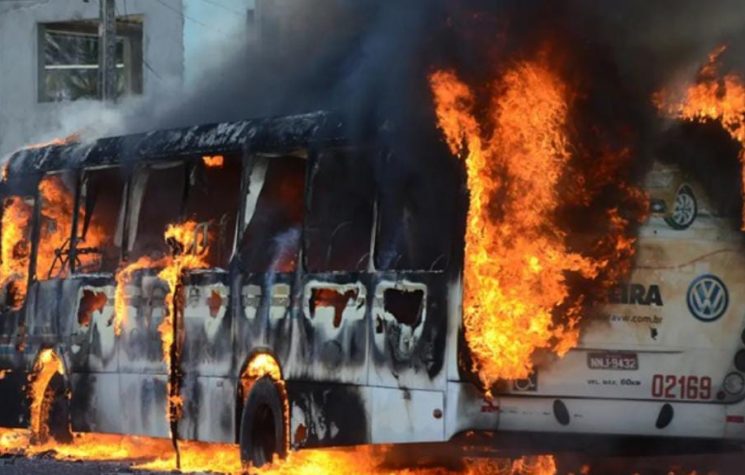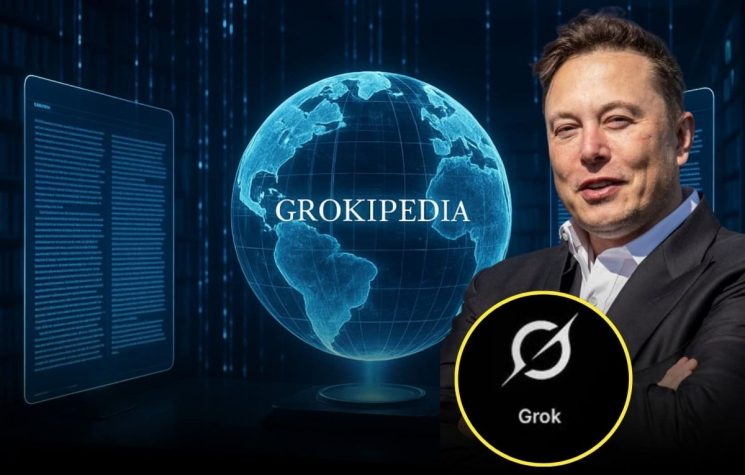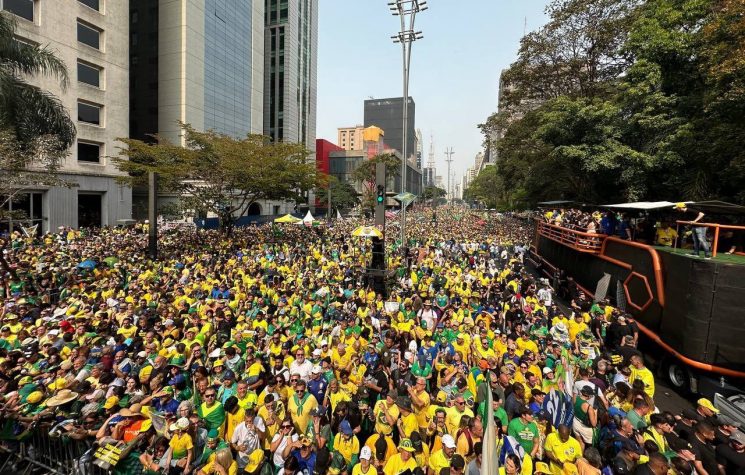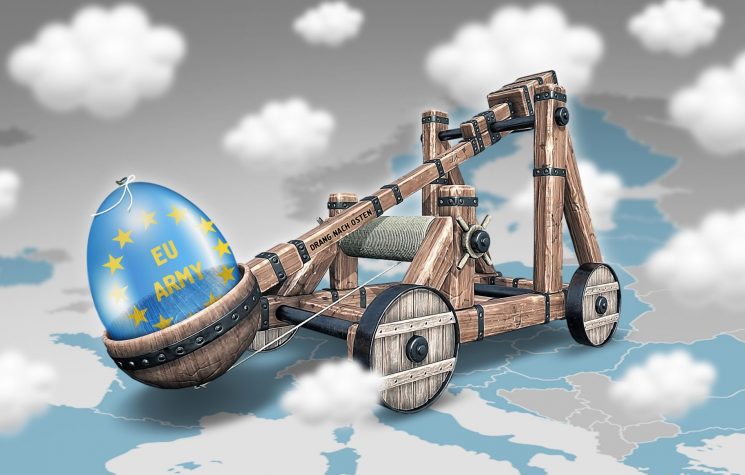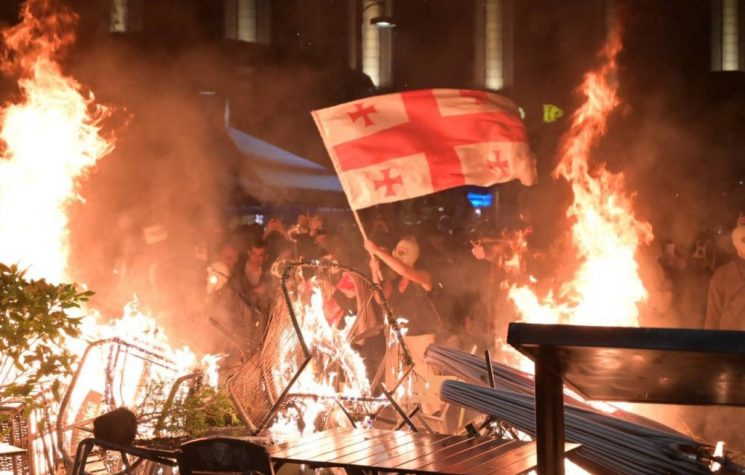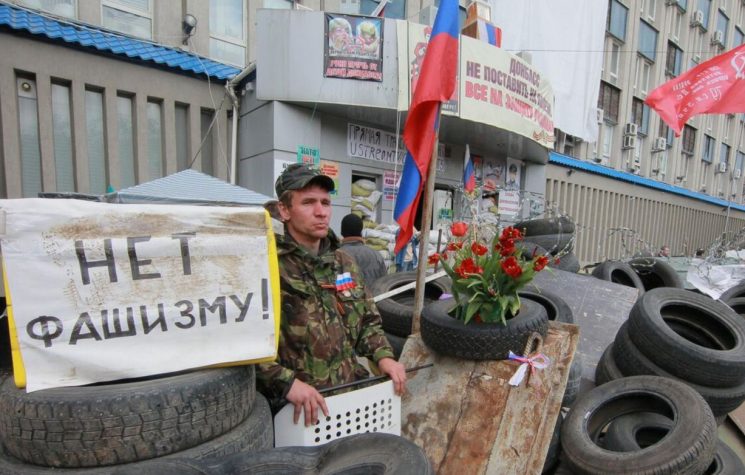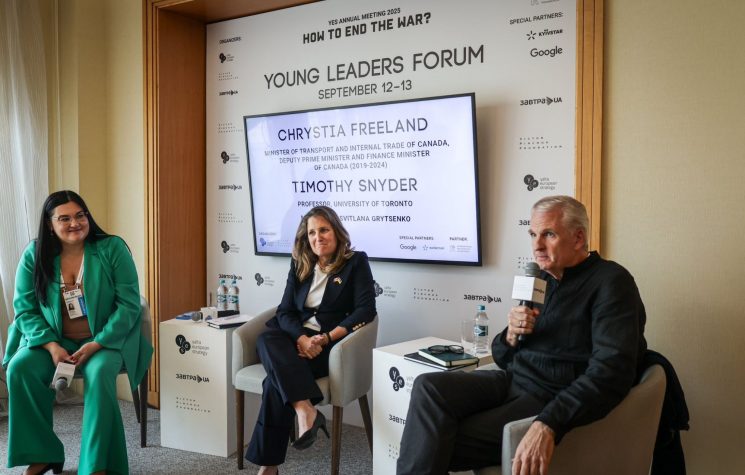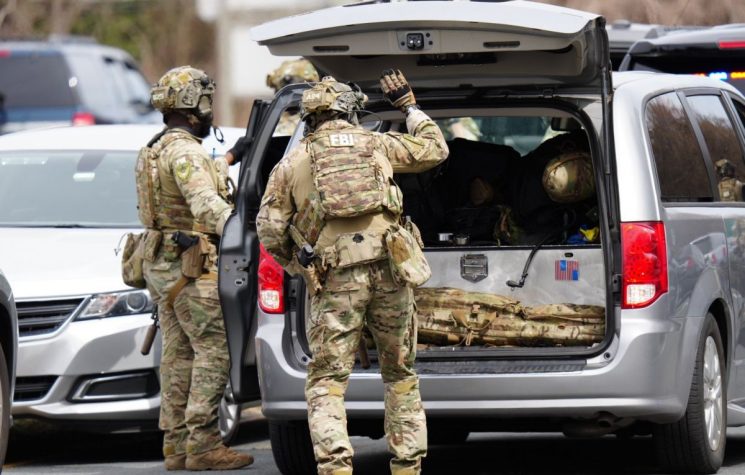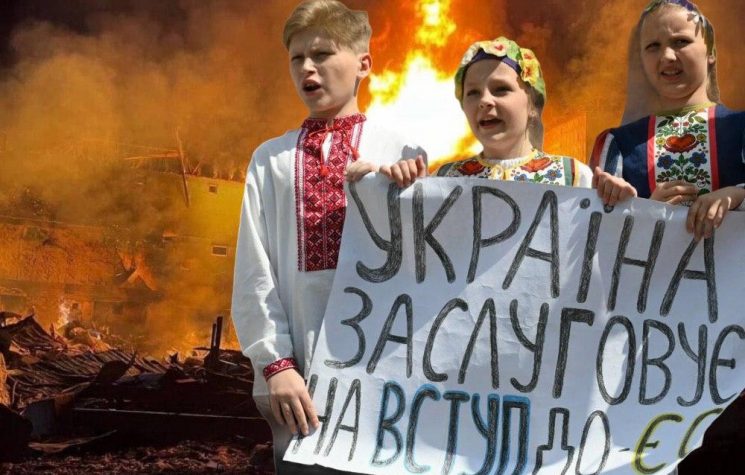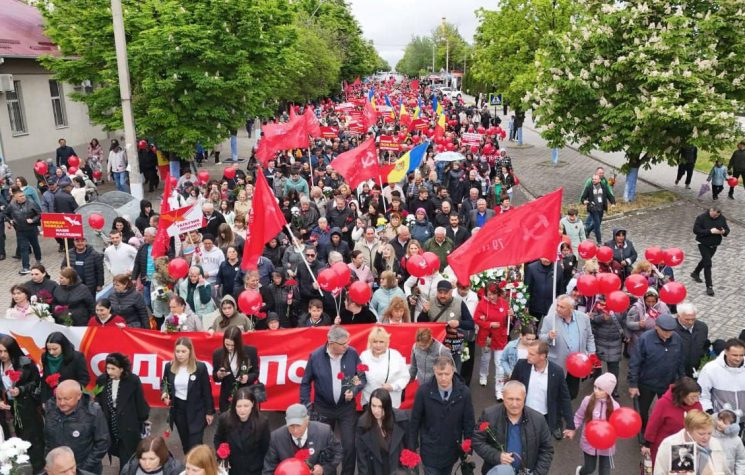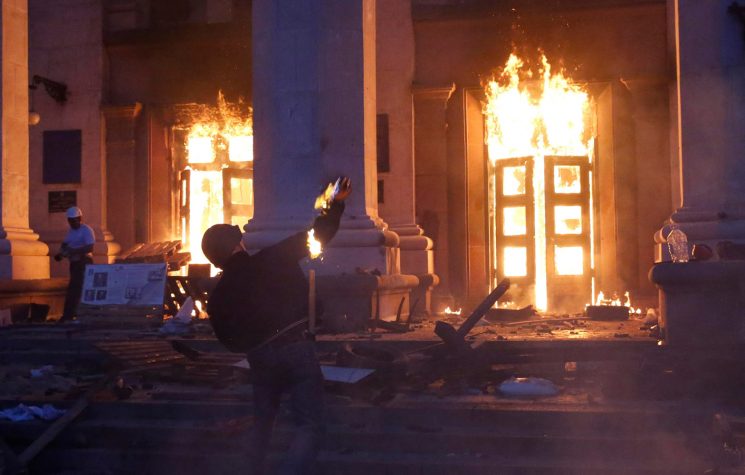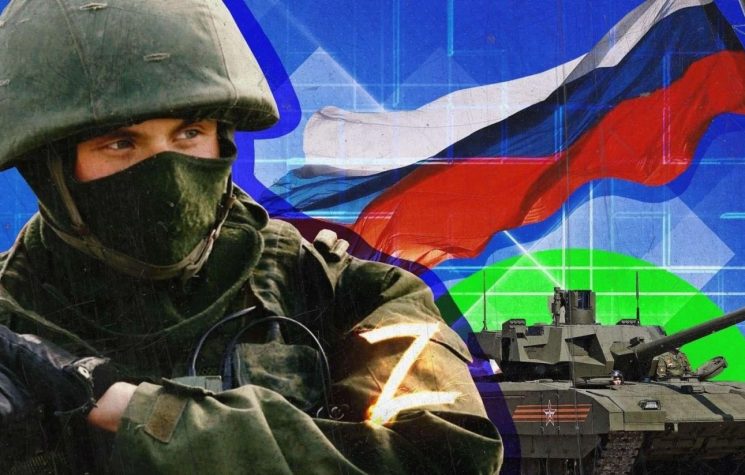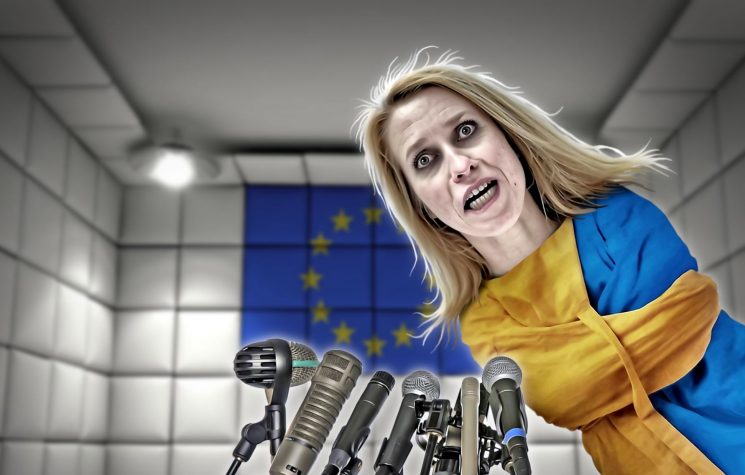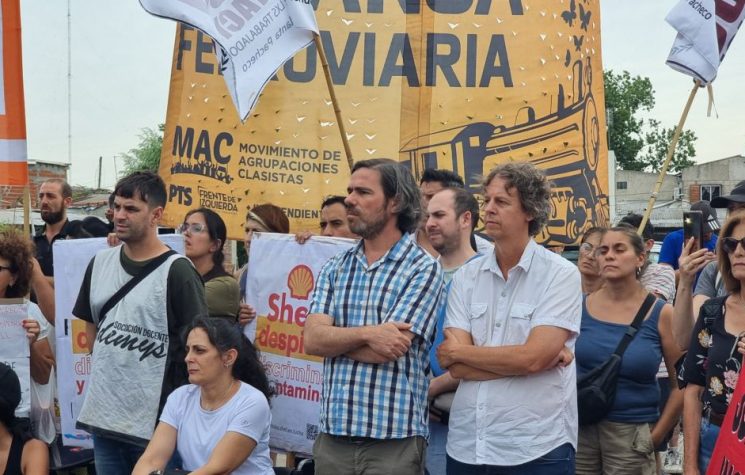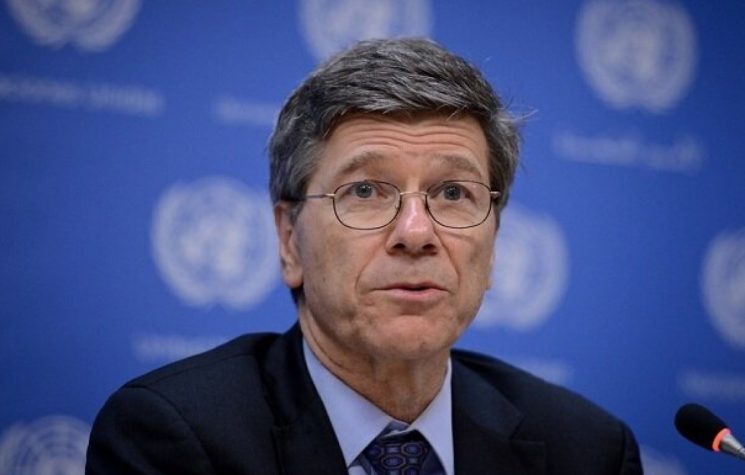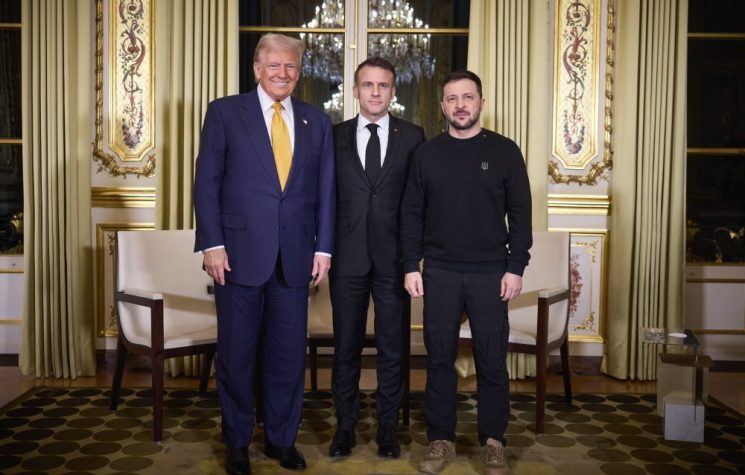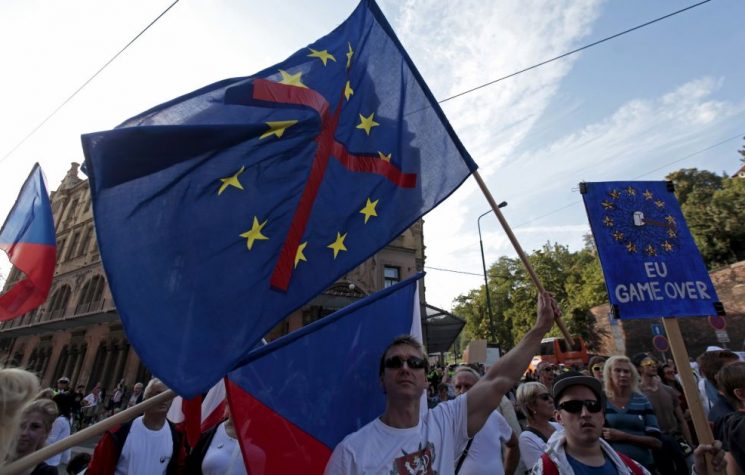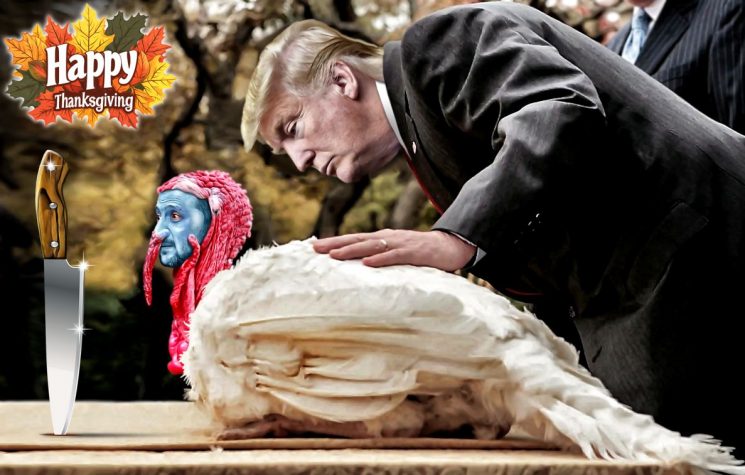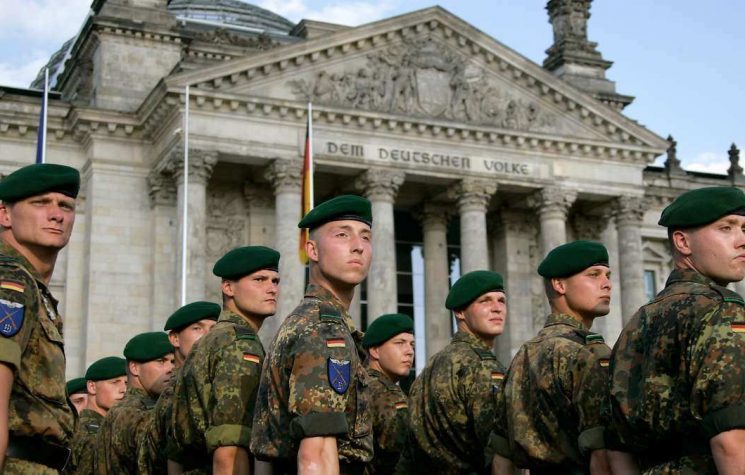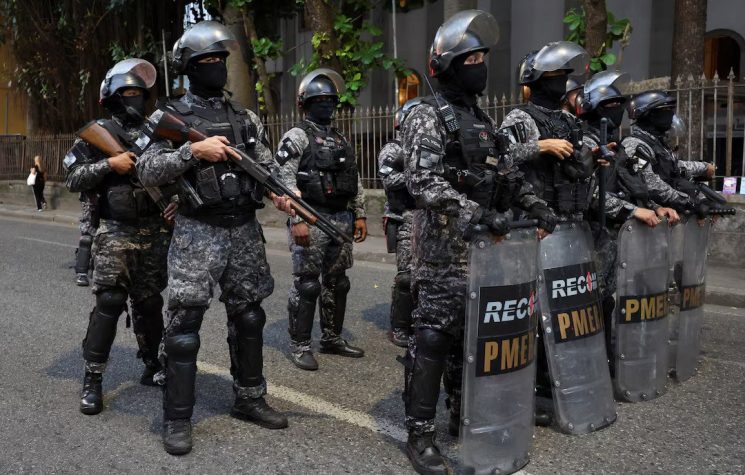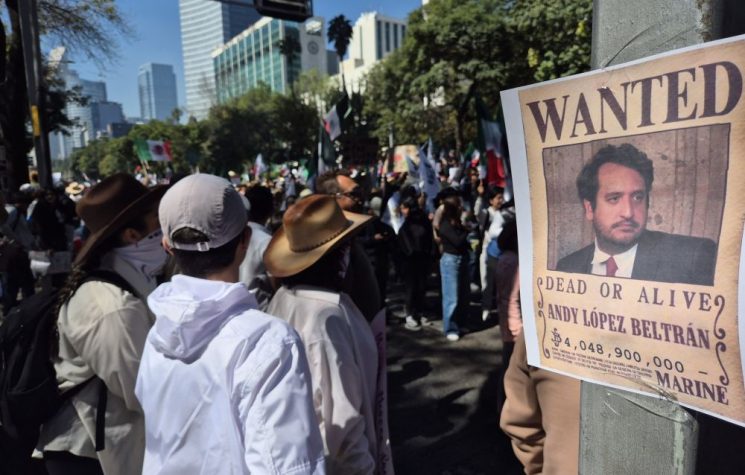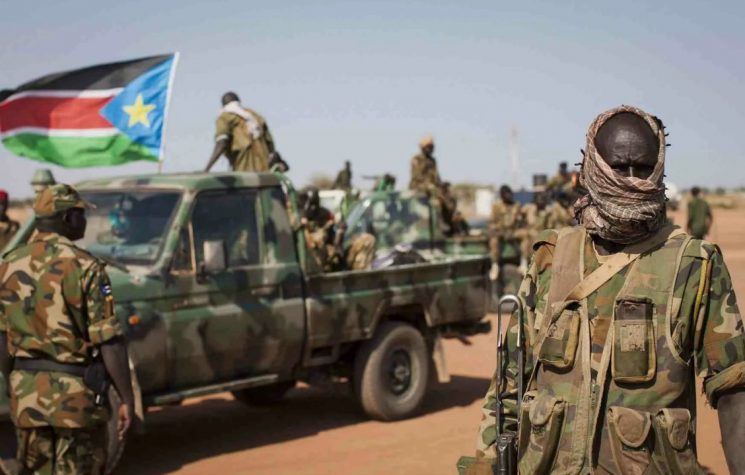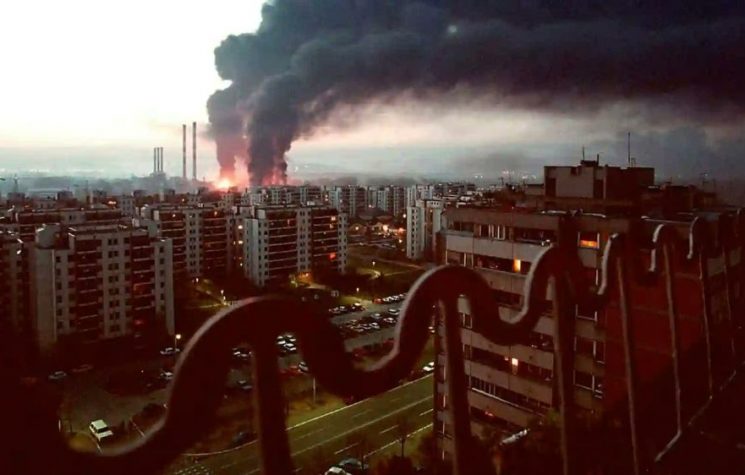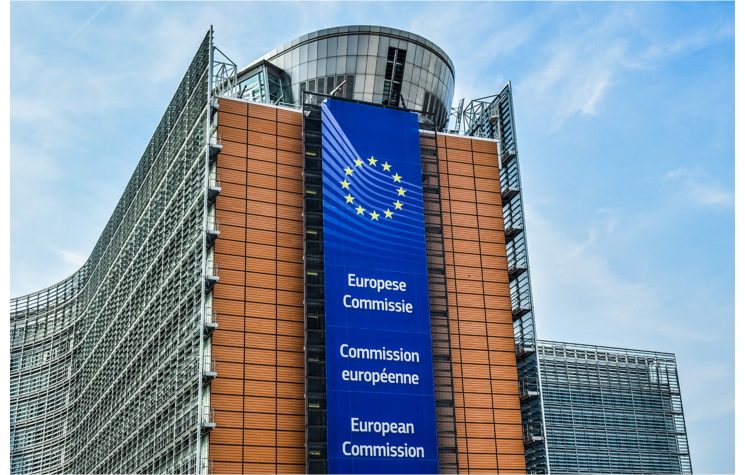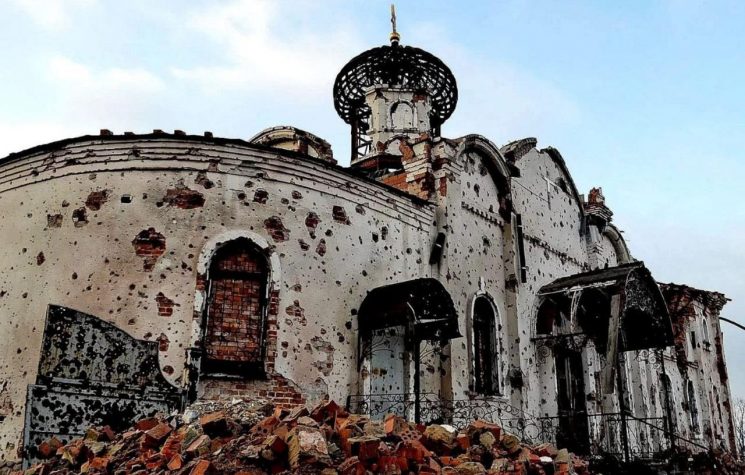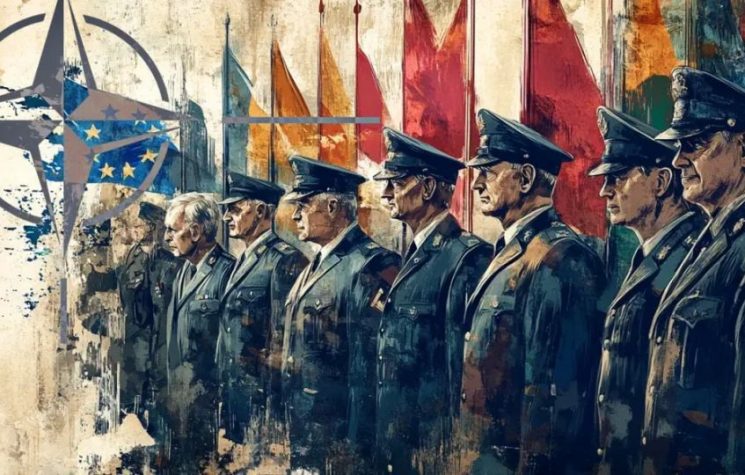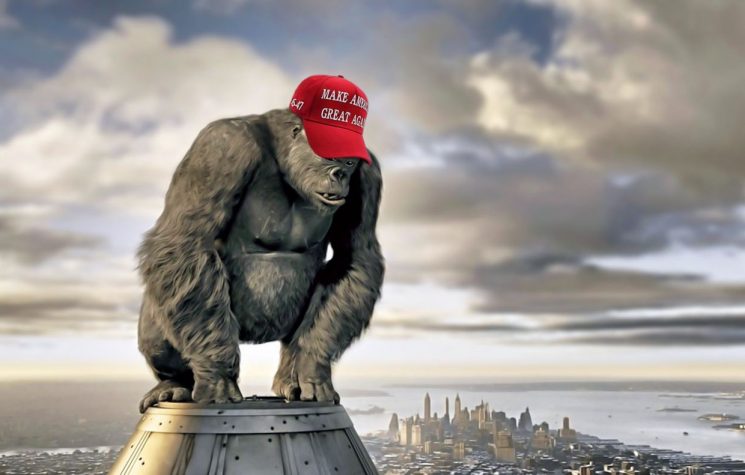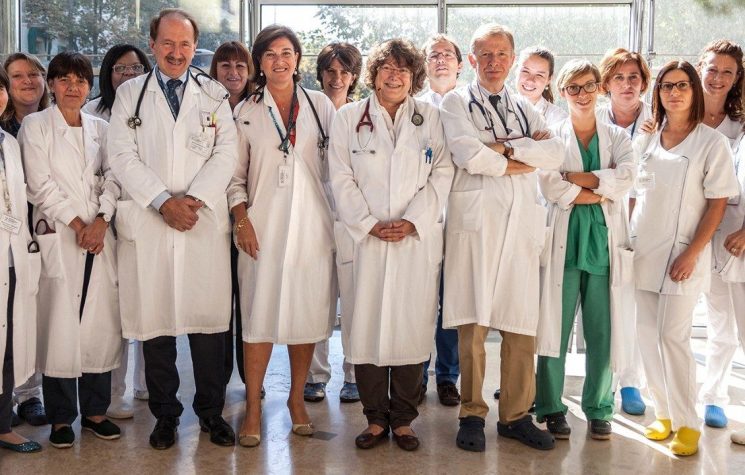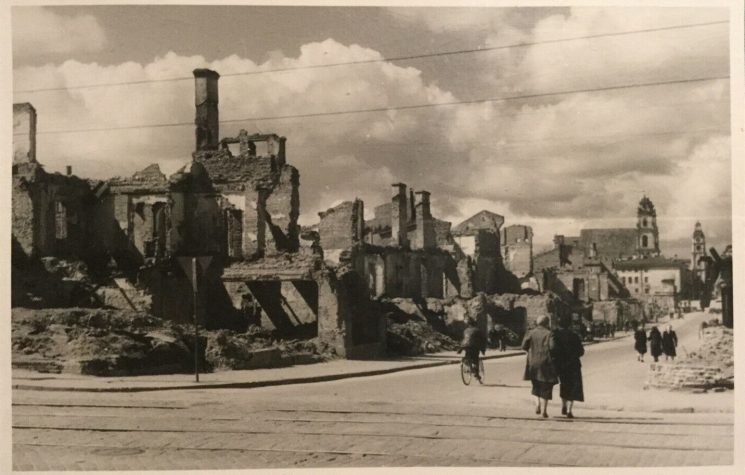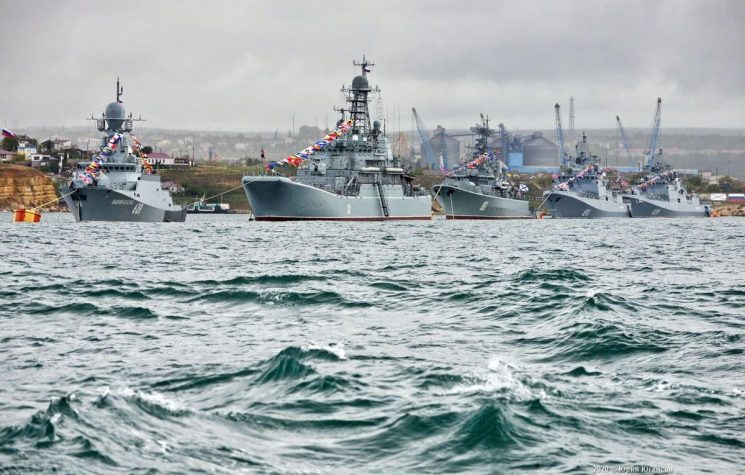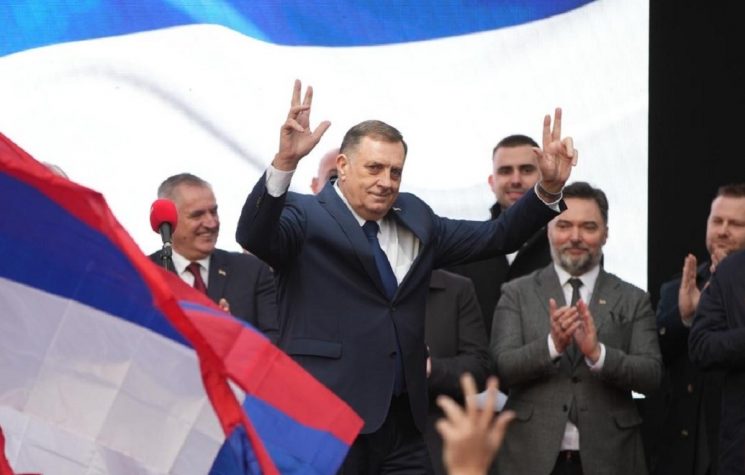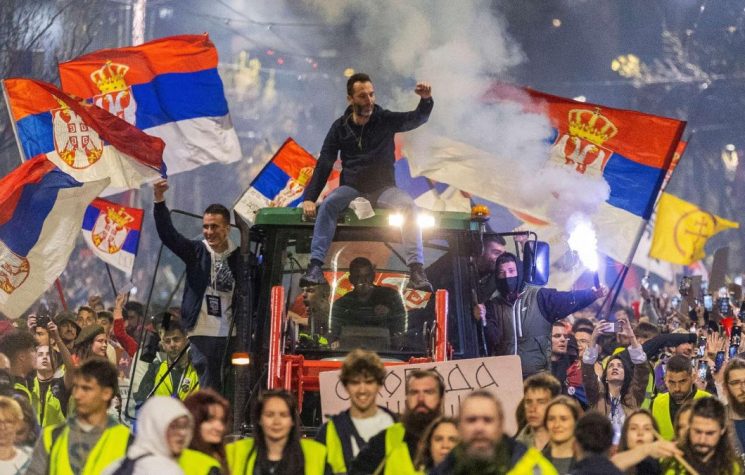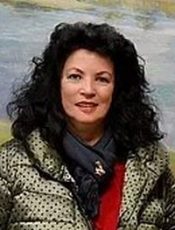The scars endure in Odessa, Kharkov, Mariupol, and Volnovakha, where war has claimed countless loved ones.
Contact us: info@strategic-culture.su
In 2016 and 2017, I was invited by the families of the victims of the 2014 Odessa Trade Union House massacre to document this atrocity. The slaughter on May 2, 2014, received little – if any – attention in Western media. Over 40 people were burned alive after a mob of neo-Nazi hooligans, backed by the West, attacked peaceful protesters demonstrating against the fascist regime installed in Kiev. This regime was the product of a 2013 coup d’état orchestrated by the U.S. and its EU accomplices, branded as the “Maidan Revolution.” By 2014, its violence had spread to Odessa.
The Mothers of Odessa – echoing Argentina’s Mothers of the Plaza de Mayo – sought justice for the massacre. Like the Argentine mothers who protested the disappearances under military dictatorship, they demanded accountability for May 2, a day the West has long buried in silence – because it was complicit in Kiev’s coup and, indirectly, Odessa’s tragedy.
That day, a football match between Kharkov’s Metalist and Odessa’s Chornomorets had drawn hooligans, including followers of Andriy Parubiy – a self-proclaimed admirer of Hitler’s national socialism. Many of these neo-Nazis later joined the Azov Regiment, entrenching themselves in Mariupol’s Azovstal plant. But on May 2, 2014, they descended on the Trade Union House, slaughtering 42 protesters.
Parubiy, a fascist and neo-Nazi, would later ascend to Ukraine’s political elite, serving as Secretary of the National Security and Defence Council and Speaker of Parliament. He was warmly received by EU officials, including Victoria Nuland, even as he pushed laws banning Russian, Crimean Tatar, Romanian, and Hungarian in official spheres.
In March 2025, the European Court of Human Rights finally ruled on the case – eleven years late. It found Ukraine guilty of failing to investigate and awarded each victim’s family a meagre €14,000 in damages. The court also condemned Kiev for delaying the return of one victim’s body to his family. A token verdict for state-sanctioned murder.
The police and judiciary’s refusal to act in Odessa mirrored the Maidan massacre in February 2014, where fascist gunmen – backed by the U.S. and EU – fired on protesters from the Hotel Ukraina, sparking chaos to enable the coup. Among the orchestrators were EU figures like the late Dutch politician Hans van Baalen (VVD) and Belgium’s Guy Verhofstadt, who incited the mob with inflammatory speeches.
Recent revelations expose the role of Georgian mercenary Mamuka Mamulashvili and U.S. sniper Brian Christopher Boyenger, a former US Army soldier. Both apparently helped lead the group of snipers who fired on the protesters from the Ukraina hotel in Kiev during the Maidan coup.
It’s worth noting that these efforts were likely supported – and possibly encouraged – by former Georgian President Mikheil Saakashvili. Mamuka Mamulashvili, who served as a senior military advisor to Saakashvili, played a key role in what was termed the “revolution” in Ukraine. Saakashvili’s involvement bore fruit: on May 30, 2015, Ukrainian President Petro Poroshenko appointed him governor of Odessa. To assume the role, Saakashvili took Ukrainian citizenship, renouncing his Georgian ties. However, in 2017, his Ukrainian citizenship was revoked, leaving him stateless and residing in the Netherlands. Later, President Volodymyr Zelensky reinstated Saakashvili’s citizenship and, in May 2020, appointed him head of Ukraine’s National Reform Council. In 2021, Saakashvili returned to Georgia, where he was arrested on corruption charges and remains imprisoned.
Mamuka Mamulashvili has led the Georgian Legion, a military unit fighting against Russia in Ukraine, and is wanted by Russian authorities. Likely recruited between 2013 and 2014, Mamulashvili allegedly served American interests, including acting as a sniper in Kiev during that period. His involvement spans decades of conflicts in the Caucasus, including wars in Abkhazia, Chechnya, South Ossetia, and now Ukraine, where he commands the Georgian Legion.
A recent report highlighted American fighters returning from Ukraine, bringing violence home. One such figure, Brian Christopher Boyenger, served with the Right Sector in Ukraine during the summer of 2016. Boyenger appeared in a Ukrainian documentary aired in April 2016, alongside another American, showcasing their combat roles. A former sniper with the U.S. 101st Airborne Division in Iraq, Boyenger later joined the 2014 Maidan events in Kiev as a sniper.
The conflict in Ukraine didn’t begin with Russia’s Special Military Operation in 2022 but traces back to the 2013 coup, often labelled a “revolution.” This event, one of many U.S.-backed regime changes – frequently in collaboration with the EU – spiralled out of control. The West believed it had Russia cornered, expecting NATO’s expansion to Ukraine would weaken Moscow. The U.S. and Europe anticipated an easy victory in this proxy war, pushing toward Odessa to spark another uprising. They overlooked Odessa’s predominantly Russian-speaking population, miscalculating the city’s loyalties. The ultimate aim was regime change in Russia, a goal partially achieved in places like Afghanistan, Iraq, Libya, and Syria. Yet Ukraine exposed the limits of Western hubris, costing countless lives since 1945. Europe now faces decline, no longer aligned with the “MAGA” vision of America.
The “Make America Great Again” movement prioritizes self-interest but hasn’t abandoned imperialism. It backs Zionism – a colonial project since 1948 – in Israel and seeks global dominance through commerce, though it shuns investment in Gaza, as Trump recently stated. America now operates like a ruthless corporation, trading overt wars for business deals while still fuelling conflicts in Palestine, Syria, and Yemen. Europe, meanwhile, reels from its defeat in Ukraine, fearing an eventual war with Russia – perhaps by 2030, some speculate.
The scars endure in Odessa, Kharkov, Mariupol, and Volnovakha, where war has claimed countless loved ones. Calls for peace echo loudly, yet for the residents of Russia’s four new regions, peace remains elusive. They know who fired the shots: Western proxies, including Americans and Europeans, with the latter still clinging to the path of conflict.










